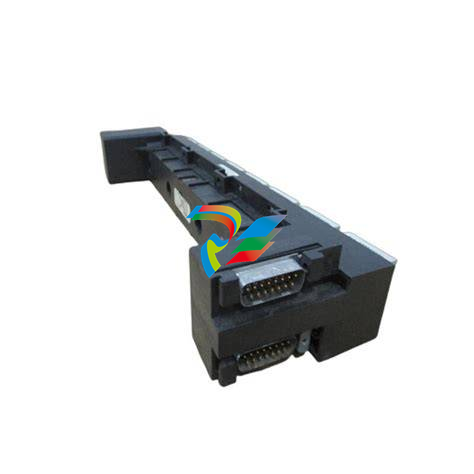
Proper Valve Stem Sealing Best Practices

Less leakage results in reduced product loss, increased efficiency, and improved energy management.

There are many methods of sealing valve stems on control and isolation valves. When chosen carefully, a valve stem seal provides years of reliable service, reduces environmental emissions, and minimizes product loss. When inappropriately applied, a valve stem seal can leak constantly, increase maintenance costs, create environmental issues, and place operating personnel at risk. The right valve stem seal increases efficiency by minimizing product loss, which in turn reduces energy use, because less product needs to be made to satisfy demand.
Valve stem seals explained
Before delving into the details of selecting a valve sealing method, it is best to understand the challenges of sealing a valve stem and explain how this might be done. Control and block valves fall into one of two major categories: sliding stem or rotary.
A sliding stem valve has a rod protruding from the body that rises and falls to open and close the valve. A rotary valve has a shaft extending out the side of the valve that is connected to a plug, disc, or ball. As the shaft turns, the rotary valve opens and closes. In either design, the valve stem must exit the body and be capable of relatively friction-free movement, while containing the process and preventing leaks.
The valve stem sealing assembly makes that possible. Sealing is usually accomplished in one of two ways: conventional packing or bellows seals. Details of how these methods work, along with pros and cons of each method, follows.
Measuring valve stem seal performance
Valve stem seals must accomplish two contradictory goals. First, they must seal the valve stem completely and reduce—and ideally eliminate—any fugitive emissions from the process. Second, they must accomplish this feat while allowing the valve stem to move freely and continue sealing, even as the valve stem cycles thousands of times. Several industrial standards address these requirements, but the required performance and test methods vary significantly.
The three main fugitive emissions standards are TA Luft, FCI 91-1, and ISO 15848. TA Luft is the least comprehensive of the three, offering leak rate standards based on gasket size and process temperature. However, it lacks specific test parameters for the number of test cycles required or the travel distance, so it is hard to compare the leakage results among different valve designs.
FCI 91-1 was created by the Fluid Control Institute and is more closely aligned with the leak detection and repair requirements mandated by the Environmental Protection Agency (EPA). It uses EPA’s Method 21 to “sniff” the valve packing and determine the leak rate (Figure 1). This standard provides details on how to test a valve. A valve stem seal design achieves various classification ratings based on the resulting leak rate after a specified number of mechanical and thermal cycles.
By far, the most comprehensive standard is ISO 15848. It has a variety of leakage classification rates for both control and isolation valves based on mechanical cycles, thermal cycles, and stem size. It also allows testing with either helium or methane, and it dictates two different ways to measure stem seal leakage for helium, each of which is much more involved than a simple sniff test. Specifically, the upperworks of the valve are encased in an airtight enclosure and either flushed with a test gas or subjected to a full vacuum, while the inside of the valve is pressurized with helium. The amount of leakage can then be precisely measured.
When evaluating the performance of a valve stem seal arrangement, it is important to determine how the valve was tested and what specific classification it met. It is relatively easy to achieve very low leakage rates if the valve is mechanically cycled a small number of times. It is much more difficult to achieve and maintain very low leakage rates when the valve is mechanically cycled thousands of times, while enduring thermal cycles as well. The thermal cycles affect sealing due to the high expansion rate of PTFE (a synthetic fluoropolymer of tetrafluoroethylene, also known as Teflon) and the poor recovery rate of graphite, making packing design challenging.
Sealing valve stems with packing
The most common method of valve stem sealing employs a series of PTFE or graphite rings that encircle the valve shaft (Figure 2). The rings are compressed with a combination of a packing follower, packing flange, and bolts to push down and squeeze the packing rings against the shaft. The compressed rings allow the valve stem to move while maintaining a seal against the valve body and shaft to keep process fluids from passing through the stem and escaping. In certain applications, the packing need only protect against gross process leaks, so relatively minor fugitive emissions are not a concern and free stem movement is considered a more important requirement.
.jpg)
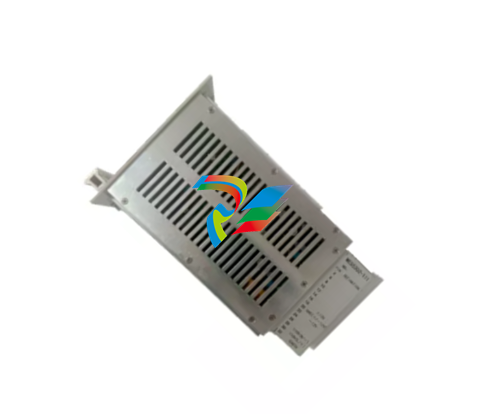
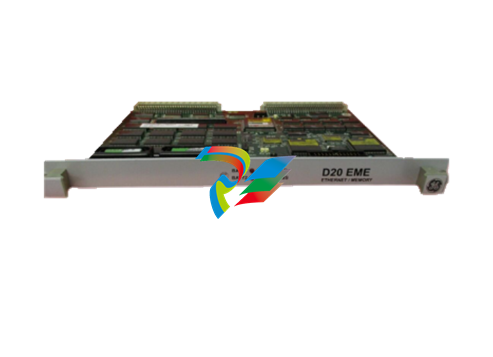
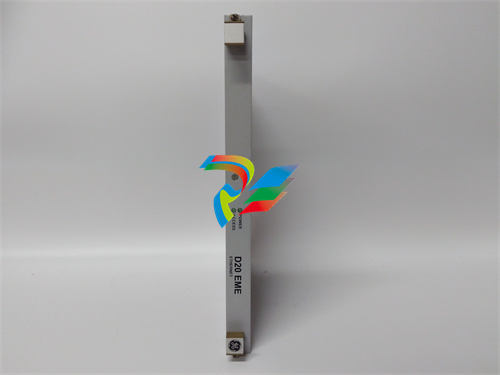














































.jpg)
.jpg)





.jpg)



.png)
.jpg)

.jpg)
_lVjBYb.jpg)

.jpg)
.jpg)



.jpg)
.jpg)







.jpg)

.jpg)
.jpg)











.jpg)




.jpg)
.jpg)
.jpg)
.jpg)
.jpg)
.jpg)
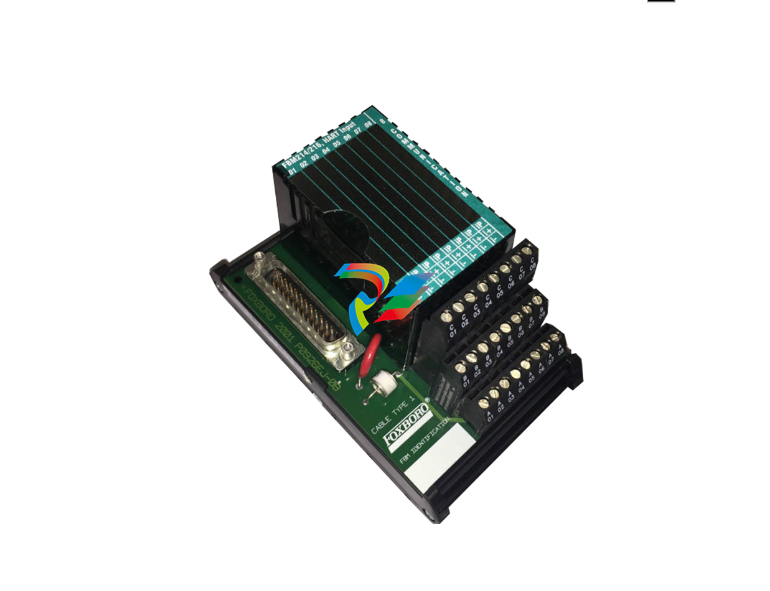
.jpg)
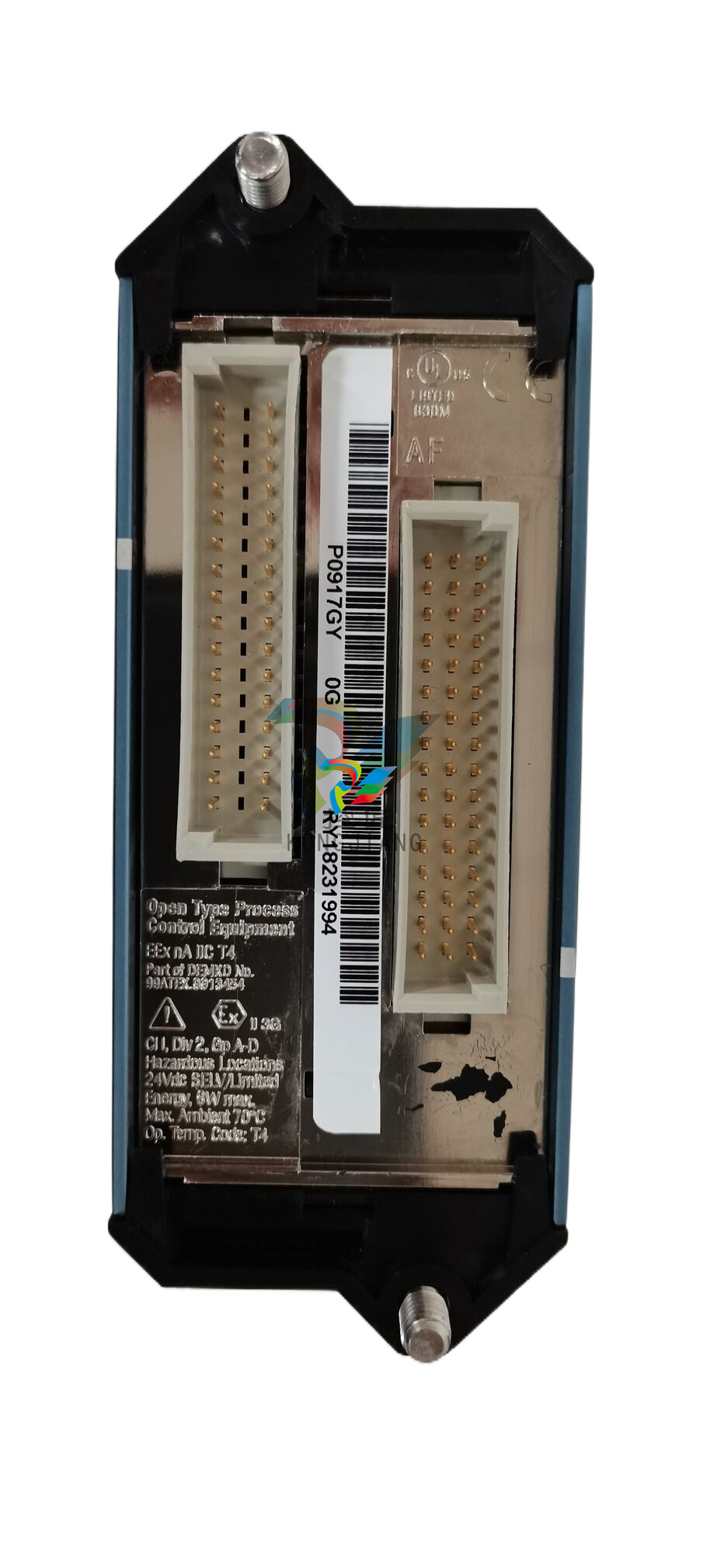
.jpg)
.jpg)
.jpg)

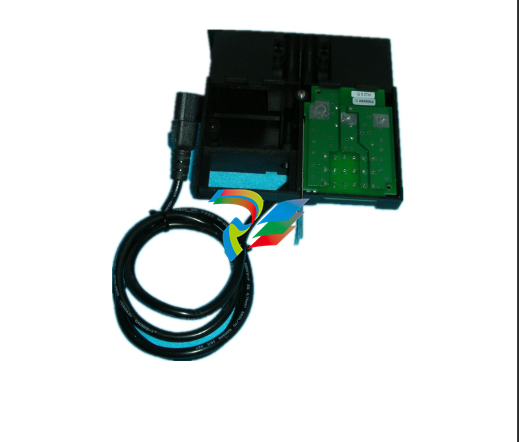
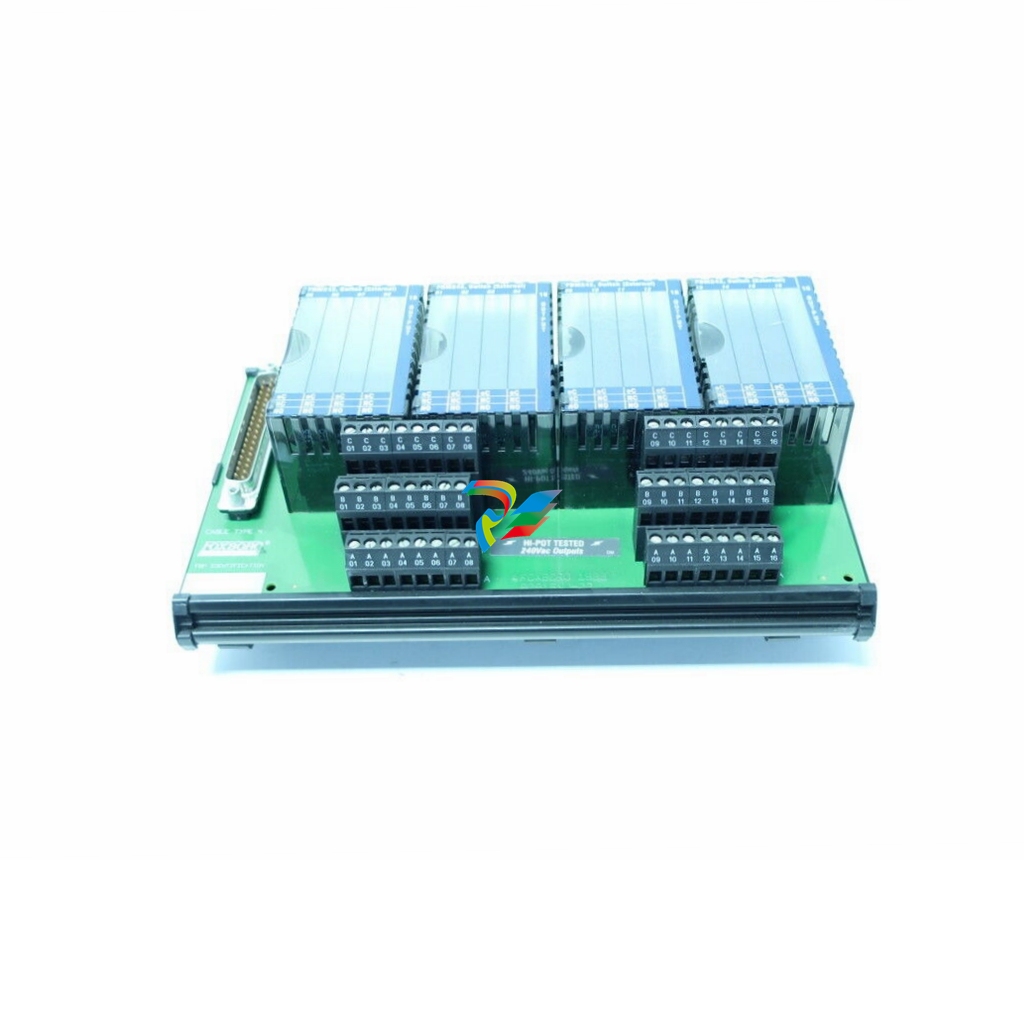



.jpg)
